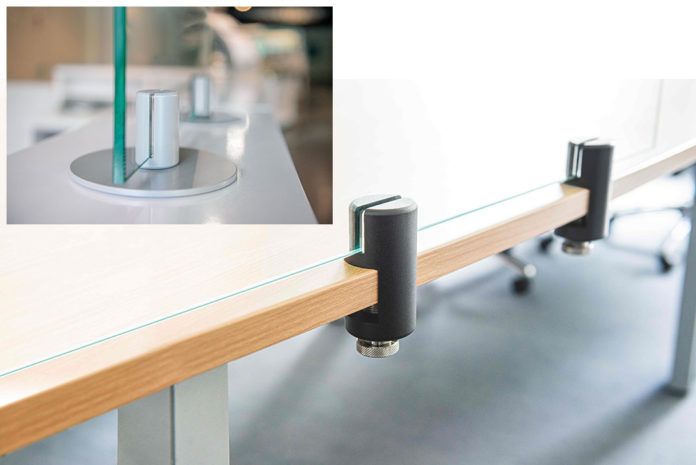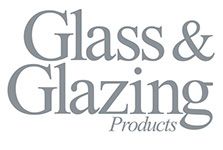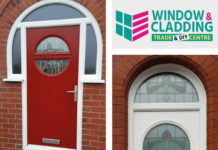
Clear protective barriers installed early in the coronavirus pandemic are failing under the pressure of repeated cleaning and need to be replaced, according to Bohle.
Clear acrylic barriers were chosen by many businesses and institutions as a way of meeting Health and Safety Executive (HSE) guidance. This stated that where employees cannot be kept 2m apart in the workplace, then screens can be used to create a barrier between them.
HSE also recommended regular cleaning of workstations, increasing the frequency if more people come into contact with that area. HSE’s latest advice is to deep clean once a day, and ‘frequently clean and disinfect objects and surfaces that are touched regularly’.
According to Bohle, acrylic doesn’t respond well to regular aggressive cleaning, especially if textured sponges and chemicals are used – even ones found in household sprays and recommended by HSE. “Barely six months into the coronavirus pandemic, and we are already witnessing a replacement market for protective screens,” Bohle’s MD Dave Broxton said.
“Acrylic doesn’t react well with bleach, or even alcohol,” Dave continued. “people have found that many of the screens that were installed in April as we came back from lockdown have already discoloured or become clouded.
“It’s in effect created a ‘second wave of demand’ for replacement partitioning. Glass is perfect because of its ability to withstand regular cleaning.”
VetroScreen, was launched by Bohle earlier this year as a cough and sneeze screen solution between adjacent desks in open-plan offices, although its application by glass processors and installation companies is said to have been far wider.
Able to accommodate glass thicknesses of 4mm to 10mm it’s been designed to be fitted in minutes, sliding over the edges of a desk or table and tightened. This creates a secure fix without drilling for screens typically up to 1,000mm high dependent on risk assessment.
A weighted desktop version manufactured in high quality powder coated aluminium and steel also provides a solid foundation for glass screens typically of up to 800mm high dependent on application.
“With a little luck, COVID-19 won’t be with us too much longer but it will have left a far more lasting legacy about how we feel about workspaces,” concluded Dave. “Glass gives workers increased confidence to return to working environments – it creates a sense of their being a barrier there to protect them – while maintaining a visible connection between people and spaces.”



